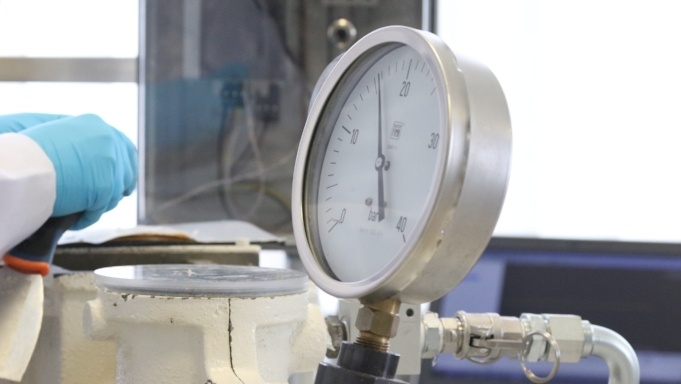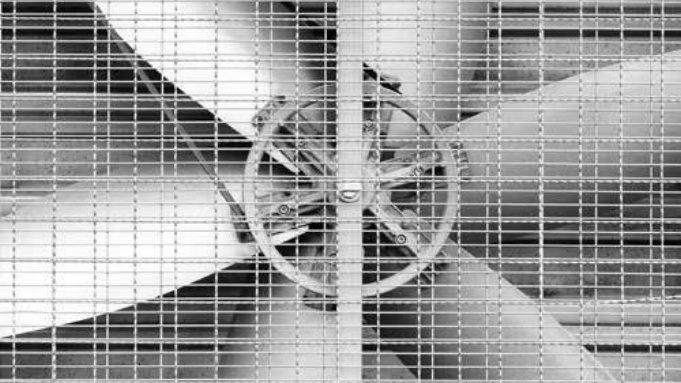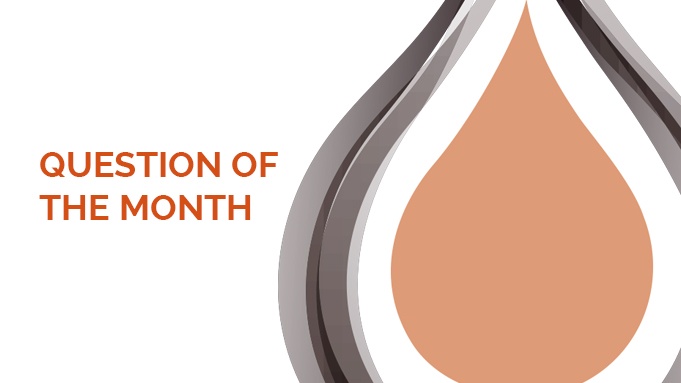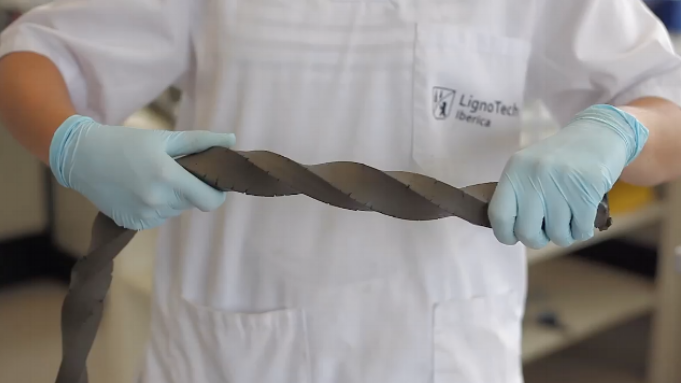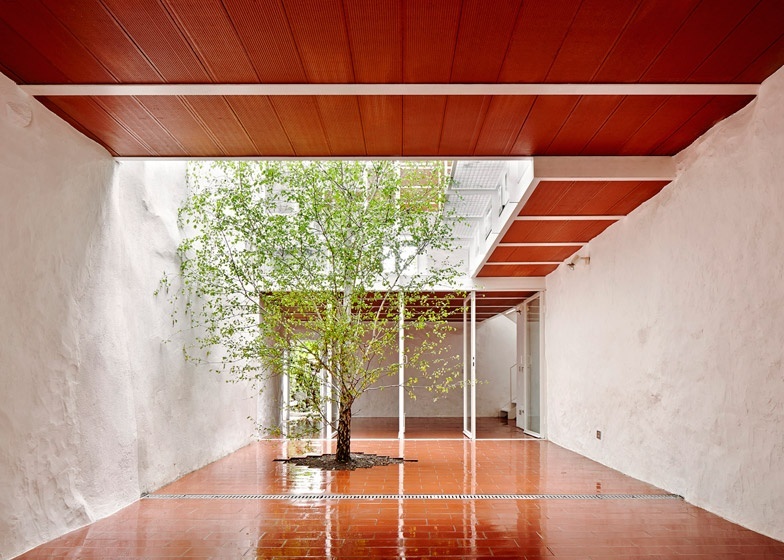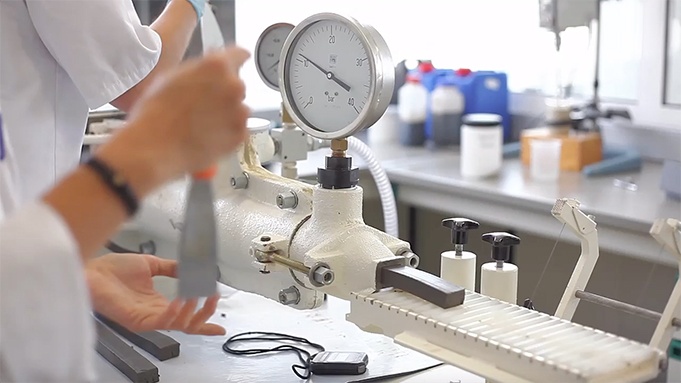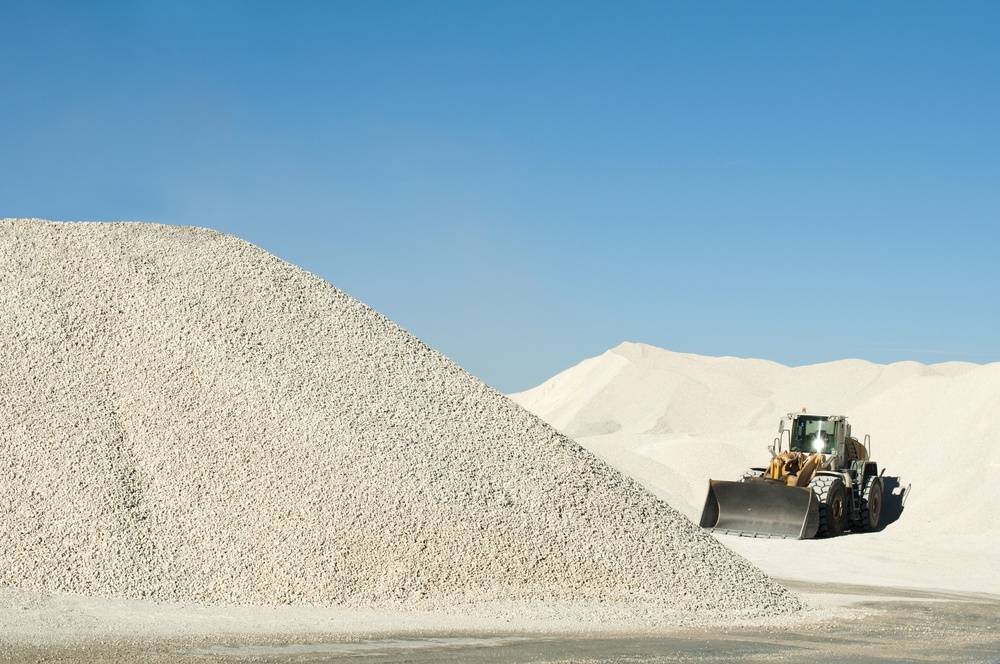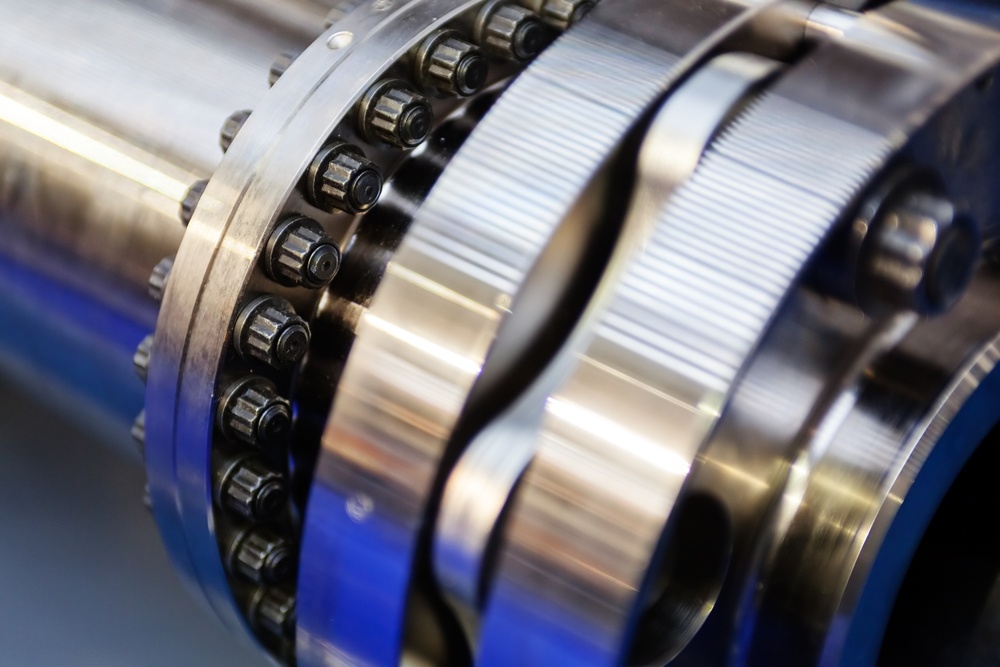Blake Stacey, technical consultant in Real Material Solutions (https://real-mat-sol.com) who has worked for many years in the ceramics sector, has written a testimony about solving production problems and finding the best way to work with the difficult clays on Western Australia. Here we share some of his thoughts:
Temaer: Structural, Clay additives, Ceramics
Using clay conditioners to optimize the drying of large structural bricks
By Bill Daidone 26-Apr-2018 12:01:00
Structural Bricks
Structural bricks provide greater insulation, more protection from the elements, and the appeal and durability that have always made clay brick a desirable building material. The manufacturing of large structural clay brick presents challenges to brick makers in two of the critical processes involved in brick making, extrusion and drying. In this blog we will focus on the drying part of the process.
Temaer: Structural, Drying, Clay additives
Last week Munich hosted one of the largest ceramic exhibitions: Ceramitec 2018. From 10-13 April the international ceramics industry gathered around the exhibition, which was, in general terms, really successful. In case you couldn't attend, we were there to be able to show you.
Temaer: Structural, Refractory, Ceramics, Technical, Ceramitec
QUESTION OF THE MONTH: Will the additive block my extruder if there's a production break?
By Yaiza Paños 05-Apr-2018 14:00:00
When it comes to the use of ceramic additives, we must be 100% sure that the one that we are using is the best for their production process. We have talked about different ways to optimize ceramic production processes in several blog articles and we even wrote a blog post on the benefits of using additives in a brick production. However, we have received many questions about how additives can affect a manufacturing process. We will try to answer all of the questions as well as we can. This month's question is: "will the additive block my extruder if there's a production break?"
Temaer: Structural, Question of the month, extrusion
New aesthetics aligned with new technical requirements in the extrusion of ceramic bodies are demanding a new approach when it comes to additives’ requirements. In the past, lubrication and proper rheology were highly appreciated, but today there are other properties that should be taken into consideration if defects such as cracks, laminations, scumming, etc. can’t appear along the process, mainly due to the higher technical requirements of the raw materials.
Temaer: Structural, Plasticity, extrusion
How can I reduce cracks due to manufacturing, transportation, automation and handling?
By Jonathan Savage 05-Mar-2018 12:20:00
Cracking – in whatever stage of production – is a major loss issue faced within all types of clay manufacturing and the reduction/elimination is paramount for increased profitability and yields.
Temaer: Structural
Large Structural Brick
Brick types vary from thin brick to face brick to structural through the wall units. Thin brick allow for less weight and less costly installation. Face brick provide some insulation and are practically maintenance free for the lifetime of a building. Structural clay brick provide greater insulation, more protection from the elements, and the appeal and durability that have always made clay brick a desirable building material. The manufacturing of large structural clay brick presents challenges to brick makers in two of the critical processes involved in brick making: extrusion and drying. In this blog post we will focus on how to avoid breakage in the extrusion part of the manufacturing process.
Temaer: Structural, extrusion
In the past, potters used to “age” their moist clay in damp cellars or storage containers for years to achieve the effects that are now possible after a few minutes of clay mixing.
Temaer: Structural, Refractory, Clay additives
Utilizing more of the raw materials from your mining operations
By Bill Daidone 12-Oct-2017 07:30:00
raw materials
The raw materials used to make bricks are the most important part of the process. The quality of the brick and the success or failure of the brick plant can often be traced to the raw materials. The planning and implementation of a raw materials program is the backbone of a well-run brick plant. Brick plants are often built in close proximity to the primary raw materials to be used for decades. The quality and consistency of these raw materials normally vary throughout the mine property. When the characteristics of some mined materials are too far out of specifications it may be necessary to avoid these raw materials thus reducing the raw material reserves. Some of the characteristics and some of the ways to optimize the usage of raw materials are described below.
Temaer: Structural, Refractory, raw materials
How to extend the working life of parts in brick and tile forming equipment
By Jonathan Savage 05-Oct-2017 07:30:00
In today’s heavy clay market there is becoming a push for more product in faster lead times. This need is putting extra pressure on manufacturers especially to increase throughput times. Although kilns and sometimes driers can be the bottleneck, there is added pressure on the moulding equipment to produce clay products quicker.
Temaer: Structural

